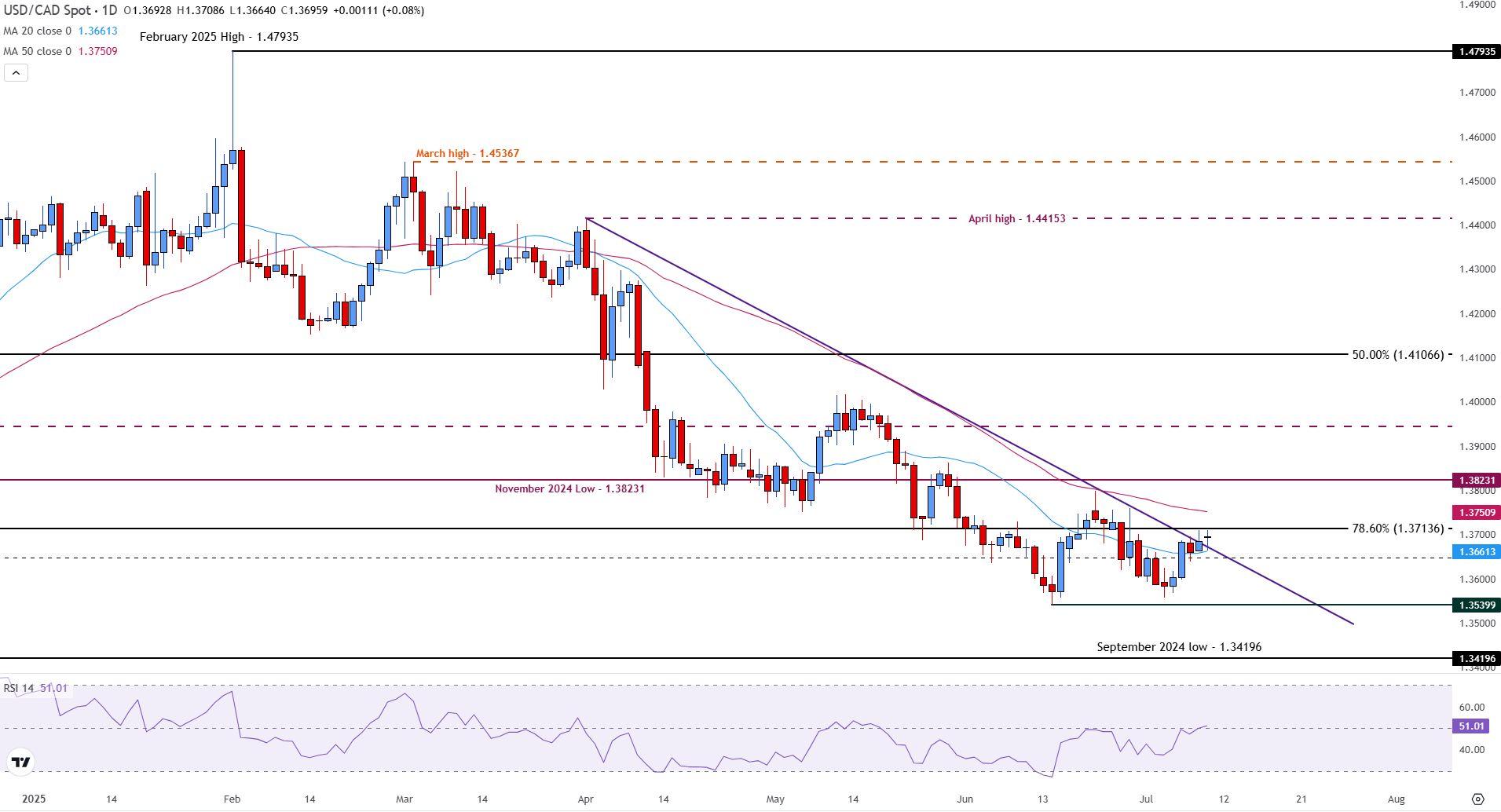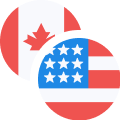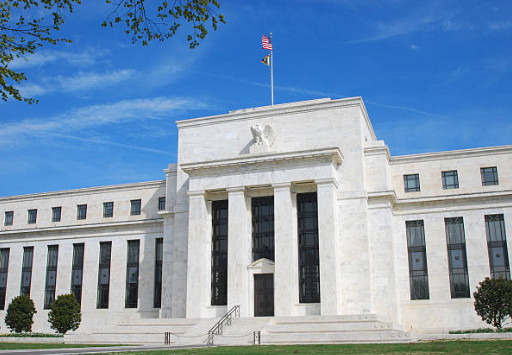USD/CAD flirts with resistance as Copper tariffs place Canadian trade under pressure

- USD/CAD remains vulnerable as markets digest the latest round of tariff announcements and stalled US-Canadian trade talks.
- USD/CAD nears 1.3700 as traders weigh Copper tariffs and trade negotiations.
- The Loonie turns cautious as Canada seeks to enhance trade with partners beyond the United States.
The Canadian Dollar (CAD) is steadying against the US Dollar (USD) on Thursday despite rising trade pressures from the United States.
At the time of writing, USD/CAD is trading near 1.3700, where it is testing key technical resistance after the Trump administration announced a 50% tariff on Copper and raised the prospect of broader restrictions on Canadian exports.
Canada’s heavy reliance on the US for trade leaves the Loonie vulnerable to heightened geopolitical and economic risks ahead of renewed bilateral talks later this month.
With the United States doubling down on 'reciprocal tariff' policies, Canada faces heightened exposure to trade-related disruptions.
According to the United Nations COMTRADE database, Canada exported over $435 billion to the US in 2024, accounting for approximately 76% of its total exports. This heavy reliance makes Canada’s economy highly sensitive to any deterioration in bilateral trade relations.
In response, Canadian Foreign Minister Anita Anand confirmed that the government is intensifying trade diversification and pursuing a free-trade agreement with the Association of Southeast Asian Nations (ASEAN). In an interview with Reuters, she acknowledged that US talks are set to resume on July 21, after weeks of stalled progress. "Our trade negotiators are engaged in complex trade negotiations to ensure that Canada's interests are put forward in the best possible way," Anand told Reuters.
Despite the tensions, CAD remains relatively stable. Market participants attribute this to continued strength in energy prices and a broader global demand for hard assets.
Technical analysis: USD/CAD pauses above prior trendline resistance, turned support
USD/CAD is currently trading near the 1.3700 psychological level, having rebounded from the July low of 1.3556. Price action is challenging the descending trendline that has been intact since April, with the pair testing resistance near the 78.6% Fibonacci retracement of the September-February uptrend at 1.3713. With the 50-day Simple Moving Average (SMA) holding at 1.3750, a clear break above could bring the June high at 1.3823 into sight.
However, failure to hold above 1.3700 and a move below the 20-day SMA support level of 1.3661 could pave the way for a retest of the June low near 1.3540.
Meanwhile, the Relative Strength Index (RSI) is currently around 51, reflecting neutral momentum.

Tariffs FAQs
Tariffs are customs duties levied on certain merchandise imports or a category of products. Tariffs are designed to help local producers and manufacturers be more competitive in the market by providing a price advantage over similar goods that can be imported. Tariffs are widely used as tools of protectionism, along with trade barriers and import quotas.
Although tariffs and taxes both generate government revenue to fund public goods and services, they have several distinctions. Tariffs are prepaid at the port of entry, while taxes are paid at the time of purchase. Taxes are imposed on individual taxpayers and businesses, while tariffs are paid by importers.
There are two schools of thought among economists regarding the usage of tariffs. While some argue that tariffs are necessary to protect domestic industries and address trade imbalances, others see them as a harmful tool that could potentially drive prices higher over the long term and lead to a damaging trade war by encouraging tit-for-tat tariffs.
During the run-up to the presidential election in November 2024, Donald Trump made it clear that he intends to use tariffs to support the US economy and American producers. In 2024, Mexico, China and Canada accounted for 42% of total US imports. In this period, Mexico stood out as the top exporter with $466.6 billion, according to the US Census Bureau. Hence, Trump wants to focus on these three nations when imposing tariffs. He also plans to use the revenue generated through tariffs to lower personal income taxes.






